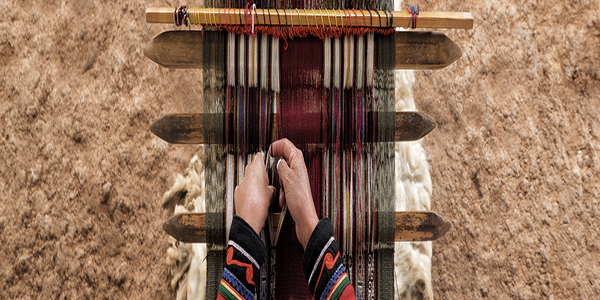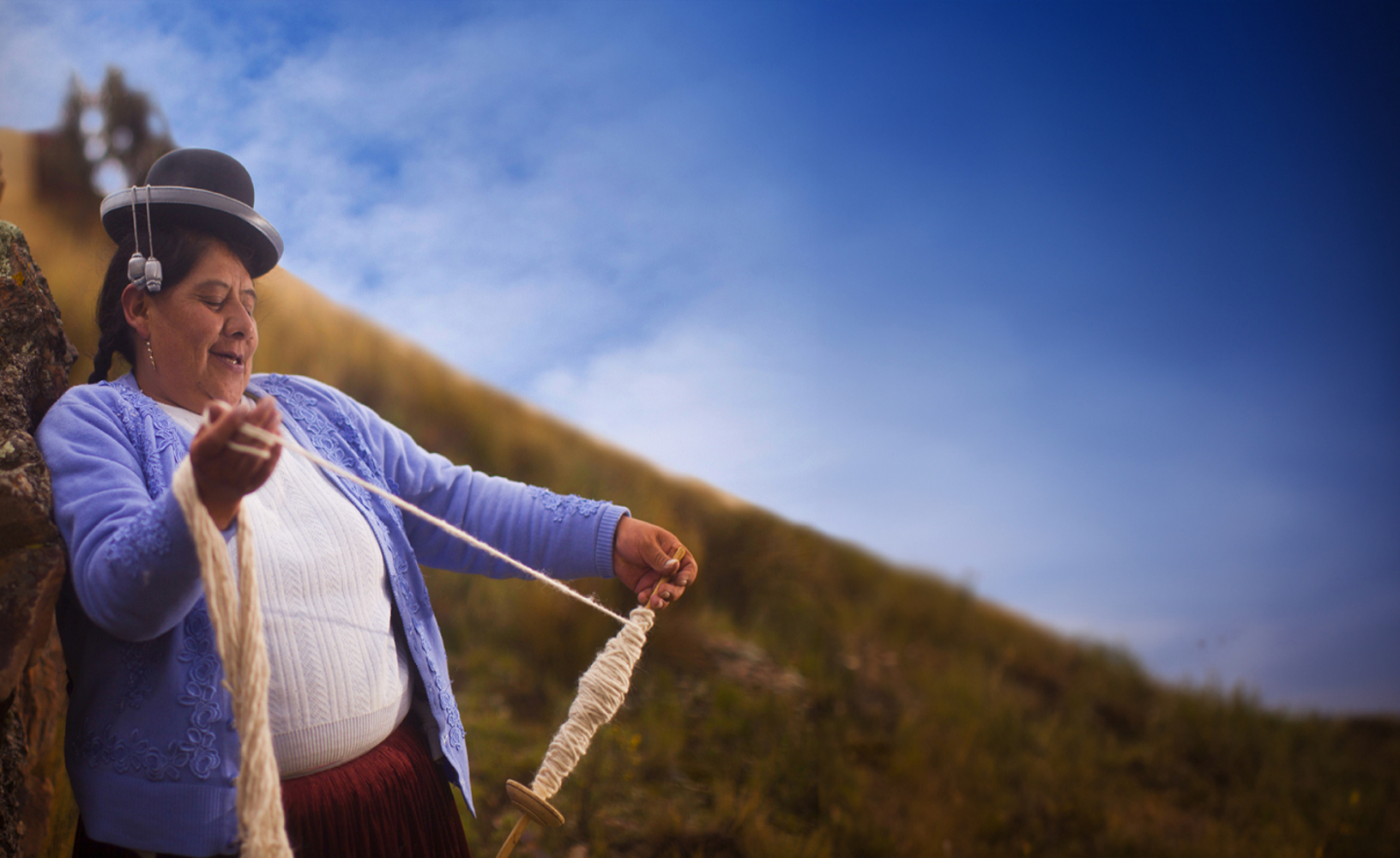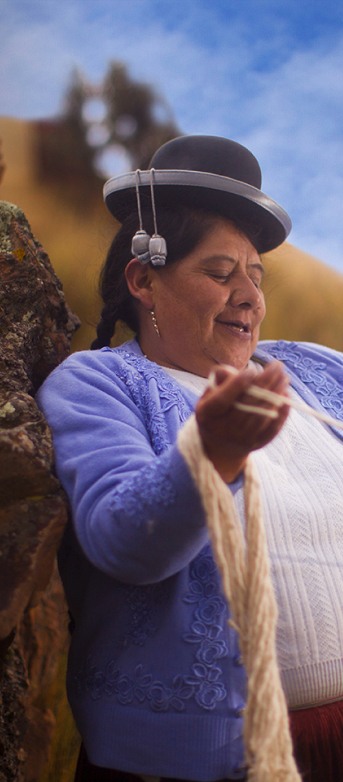

Peruvian Textile Industry



Peruvian Textile Industry
Peruvian Textile Industry
The Peruvian textile sector has the characteristics of a full package industry worldwide.
COTTON
ALPACA


Sustainability
Textile production in Peru not only generates an impact on the actors in the value chain, but also allows the achievement of goals of social responsibility and environmental care, contributing to a sustainable development policy. In Perú Moda, companies certified in Fair Trade, Fair Trade and others participate.
______________
Benefits of being sustainable
Certifications and sustainable practices, therefore, become a competitive advantage and open up new market possibilities.
EDITORIAL